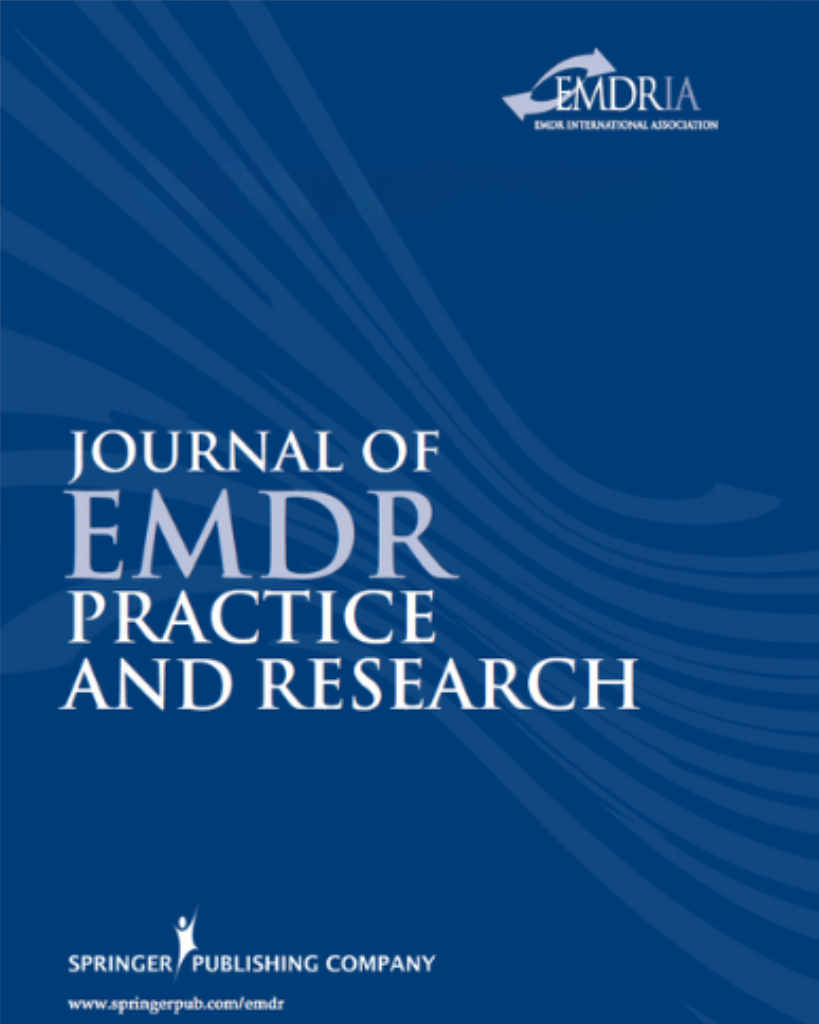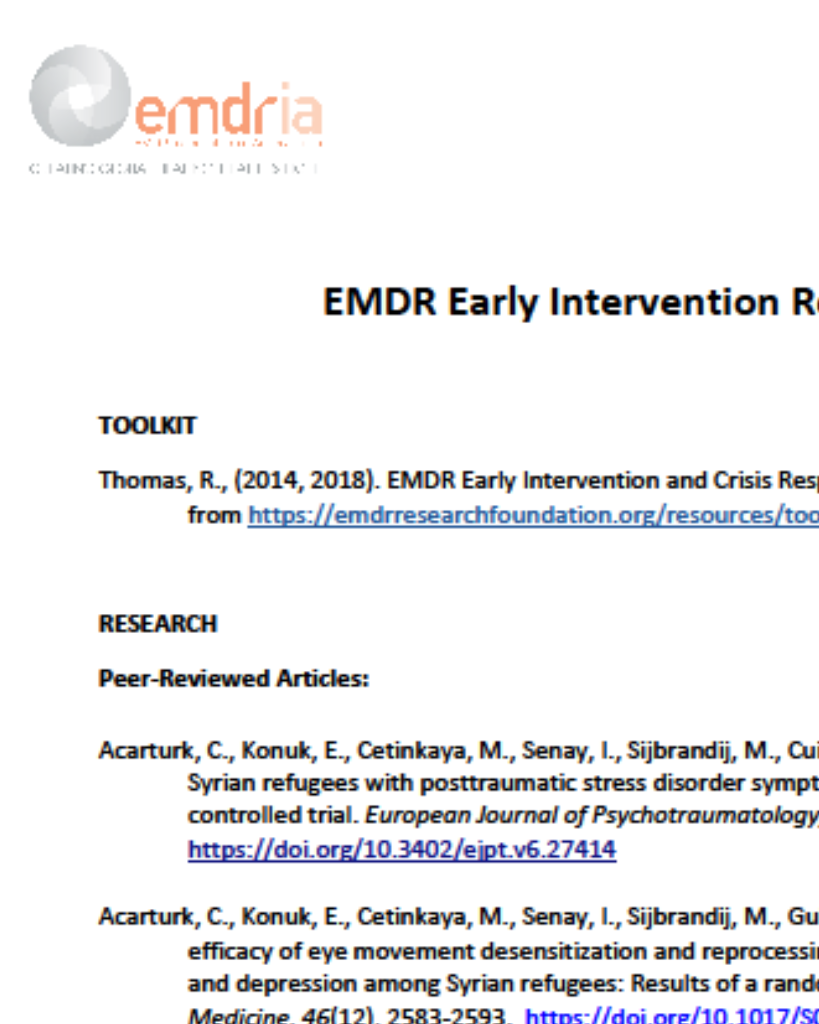Changes in the Regional Cerebral Perfusion After Eye Movement Desensitization and Reprocessing: A SPECT Study of Two Cases
EMDR has emerged as a promising new treatment for trauma and other anxiety-based disorders. However, the neurobiological mechanism of EMDR has not been well understood.
Article Abstract
“Eye movement desensitization and reprocessing (EMDR) has emerged as a promising new treatment for trauma and other anxiety-based disorders. However, the neurobiological mechanism of EMDR has not been well understood. This study reports changes in the resting regional cerebral blood flow after successful EMDR treatment in two patients with posttraumatic stress disorder (PTSD). Brain 99mTc-ECD-SPECT (Technetium 99m–ethyl cysteinate dimmer–single photon emission computerized tomography) was performed before and after EMDR, and, in addition, a pre- and posttreatment comparison was made with 10 non-PTSD participants as a control group. After EMDR, cerebral perfusion increased in bilateral dorsolateral prefrontal cortex and decreased in the temporal association cortex. The differences between participants and normal controls also decreased. Changes appeared mainly in the limbic area and the prefrontal cortex. These results are in line with current understanding of neurobiology of PTSD. EMDR treatment appears to reverse the functional imbalance between the limbic area and the prefrontal cortex.”
—Description from publisher
Article Access
Open Access
Oh, D.-H., & Choi, J. (2007). Changes in the Regional Cerebral Perfusion After Eye Movement Desensitization and Reprocessing: A SPECT Study of Two Cases. Journal of EMDR Practice and Research, 1(1): 24-30. https://doi.org/10.1891/1933-3196.1.1.24
About the Journal
Journal of EMDR Practice and Research (JEMDR) is a peer-reviewed publication devoted to integrative, state-of-the-art papers about EMDR therapy. It is a broadly conceived interdisciplinary journal that stimulates and communicates research and theory about EMDR therapy and its application to clinical practice. JEMDR is the official publication of the EMDR International Association.
Date
July 1, 2007
Creator(s)
Dong-Hoon Oh, Joonho Choi
Topics
PTSD
Practice & Methods
Mechanisms of Action, Neurobiology
Extent
7 pages
Publisher
Springer Publishing Company
Rights
Copyright © 2007 EMDR International Association
APA Citation
Oh, D.-H., & Choi, J. (2007). Changes in the Regional Cerebral Perfusion After Eye Movement Desensitization and Reprocessing: A SPECT Study of Two Cases. Journal of EMDR Practice and Research, 1(1): 24-30. https://doi.org/10.1891/1933-3196.1.1.24
Series
1
Installment
1
Audience
EMDR Therapists
Language
English
Content Type
Article, Peer-Reviewed
Original Source
Journal of EMDR Practice and Research
Access Type
Open Access





